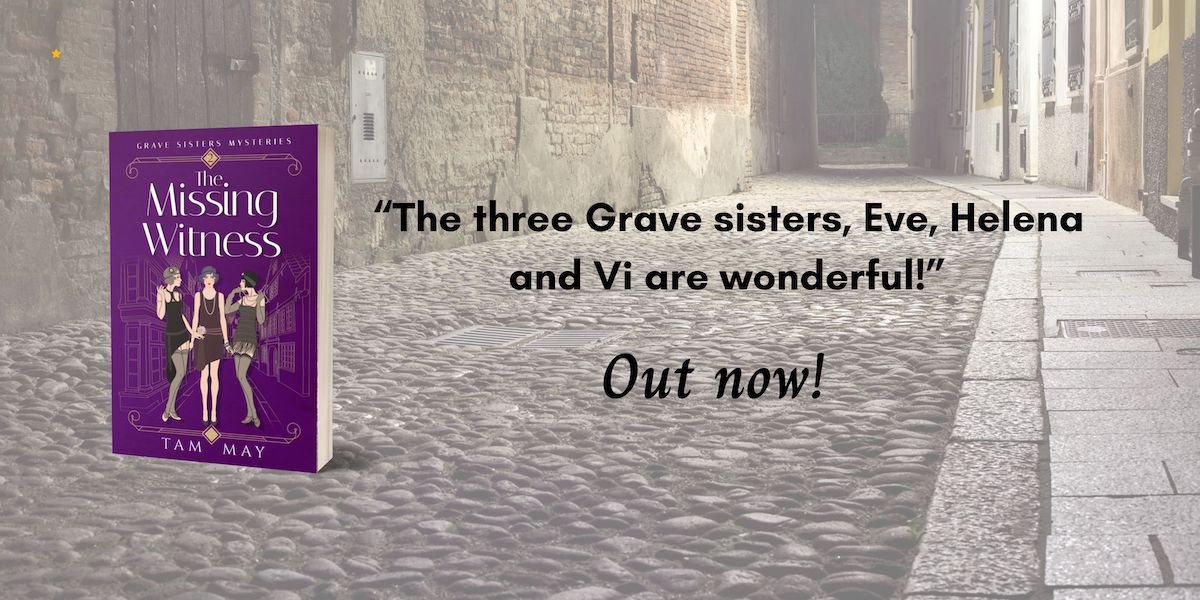This month is Asian Pacific American Heritage Month, so I’m paying tribute to Asian Pacific Americans who fight for visibility, respect, and honor for their culture.
As you know, I’m a huge classic film fan, and I was fascinated by a bit of trivia I read on the Internet Movie Database when I stumbled upon the film Confessions of an Opium Eater (1965) on YouTube. According to the trivia, this film was partly responsible for the formation of a theater group in Los Angeles dedicated to Asian Pacific American actors.
If the title of the film itself sounds pretty tawdry, its roots are historical. The movie is loosely based on an autobiography written in 1821 by Thomas DeQuincy called Confessions of an English Opium-Eater. The book is essentially the granddaddy of the drug memoir, giving accounts of DeQuincy’s addiction to laudanum (a tincture of opium widely available and unregulated in the 19th century) and its consequences. The book was meant as a warning against laudanum addiction, a big problem at the time, though critics claim DeQuincy’s book is rather more about the pleasures of opium addiction than its pains.
But the film is only loosely based on the book. The main character (played by Vincent Price, who steps out of his horror film persona to play a rather dubious hero) is supposedly an American descendent of DeQuincy. Like my Adele Gossling Mysteries, the movie is set in San Francisco and involves crime. Price arrives in Chinatown, looking for the pleasures of opium, and ends up unraveling a mystery that includes prostitution, white slavery, and, of course, opium.
The film, unlike many before it, has a very large cast made up of Asian and Pacific Americans, many of whom would be familiar to fans of classic films, including Richard Loo, Phillip Ahn, John, Fujioka, and Victor Sen Yung (who played in many of the Charlie Chan films in the 1940s as one of Chan’s many sons). These and other actors complained to the producer about how their Asian Pacific American roles perpetuated Hollywood stereotypes of sinister men and loose women, drug addicts and prostitutes. Producer Albert Zugsmith took no notice of their complaints. So this film was one of many that, as they say, became the hump that broke the camel’s back.

Photo Credit: Logo for the East West Players, 2013, East West Players: Yeeno/Wikimedia Commons/PD textlogo
No surprise, nine Asian Pacific American actors, including Mako (Conan the Barbarian, Pearl Harbor), Soon-Tek Oh (Mulan), and James Hong (Blade Runner, Kung-Fu Panda) formed the East West Players that same year. They were tired of Asian Pacific Americans being typecast in sinister roles and seeing Asian Pacific American main characters played by Caucasians (I always found it absurd that Charlie Chan’s sons were played by Asian Pacific Americans in the 1940s but Chan himself was played by Swedish actor Warner Oland.). Their mission was to create a space where Asian Pacific American actors would have better roles and a chance to show their culture and people were anything but the Hollywood stereotypes. The theater puts on performances with Asian Pacific American actors, directors, choreographers, playwrights, and others behind the scenes.
It’s no wonder this amazing group has many Tony award-winning plays under their belt, including A Little Night Music (1973), M. Butterfly (1988), and The Who’s Tommy (1993). You can find out more about the East West Players here.
If you love fun, engaging mysteries set in the past, sign up for my newsletter to receive a free book, plus news about upcoming releases, fun facts about women’s history and mystery, and more freebies! You can sign up here.

